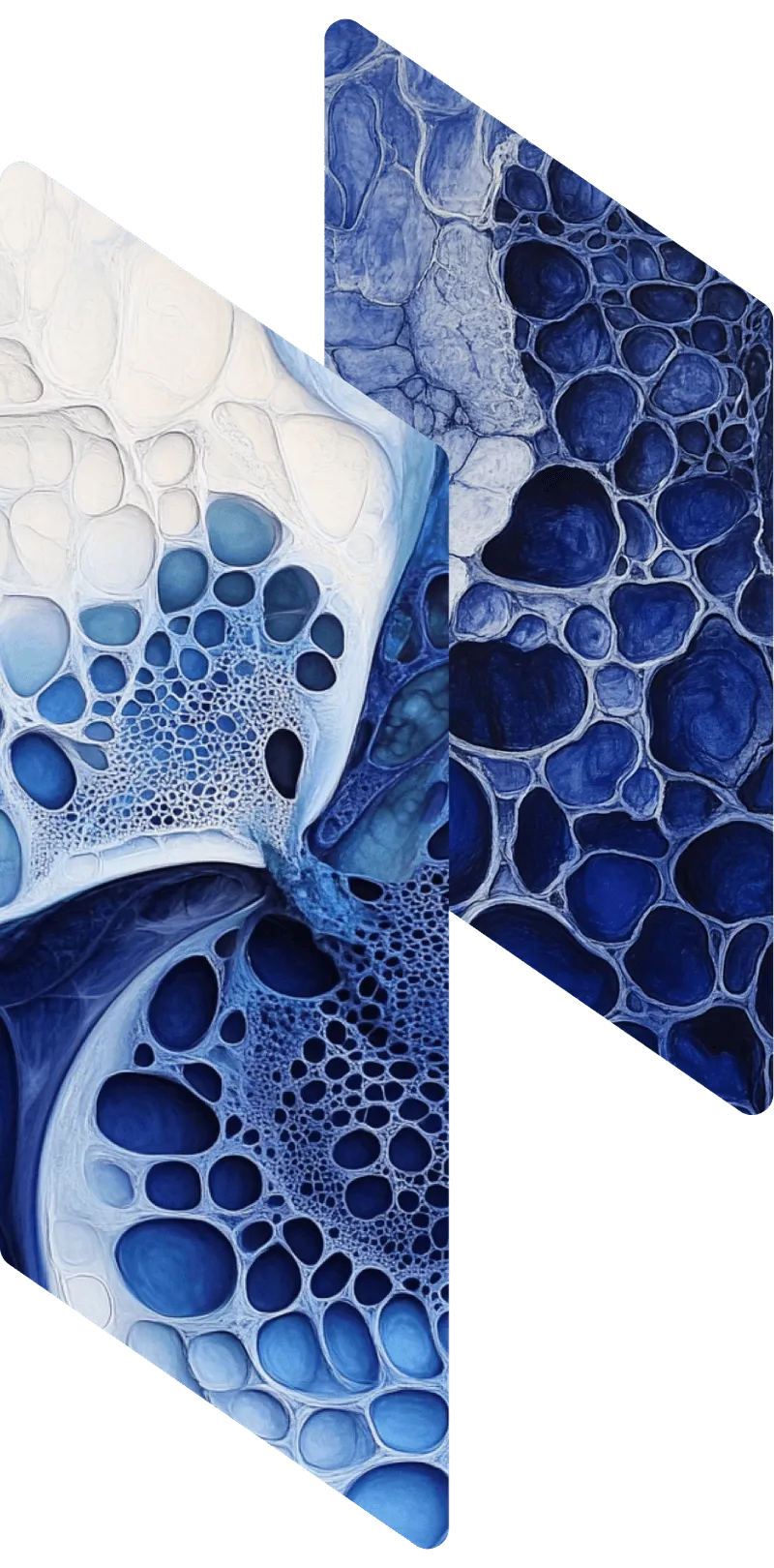Material Design.
Supercharged with AI.
Polaron is transforming the design of advanced materials, unlocking years of materials science in days.


Advanced materials underpin every aspect of modern life.
Despite their importance, traditional methods for developing new materials are slow, costly, and inefficient due to complex manufacturing processes.
At Polaron, we use AI to dramatically accelerate these timelines, unlocking years of materials science in days.
Years of materials science in days.
01
Prototype less
Reduce the number of prototyping steps, turning 100s weeks into 100s hours for new designs.
02
Gain deeper insights
AI-enhanced characterisation techniques provide high quality 3D datasets 100x faster than conventional imaging.
03
Make better materials
Leverage AI-driven optimisation to identify the highest performing materials and how to make them.
04
Reduce costs
Integrated cost optimisation to reduce the cost of manufacturing, whilst cutting costs of development.
Professor Martin Freer
CEO, The Faraday Institution
Polaron's research in AI-driven battery characterisation is truly pushing the boundaries of innovation. We're proud to support advancements like this in the UK battery ecosystem.
Request your personalised demo today!
Discover how Polaron can revolutionise your approach to material design and optimisation.
Thank you! Your submission has been received!
Oops! Something went wrong while submitting the form.
Supported by leading institutions across materials science and AI





